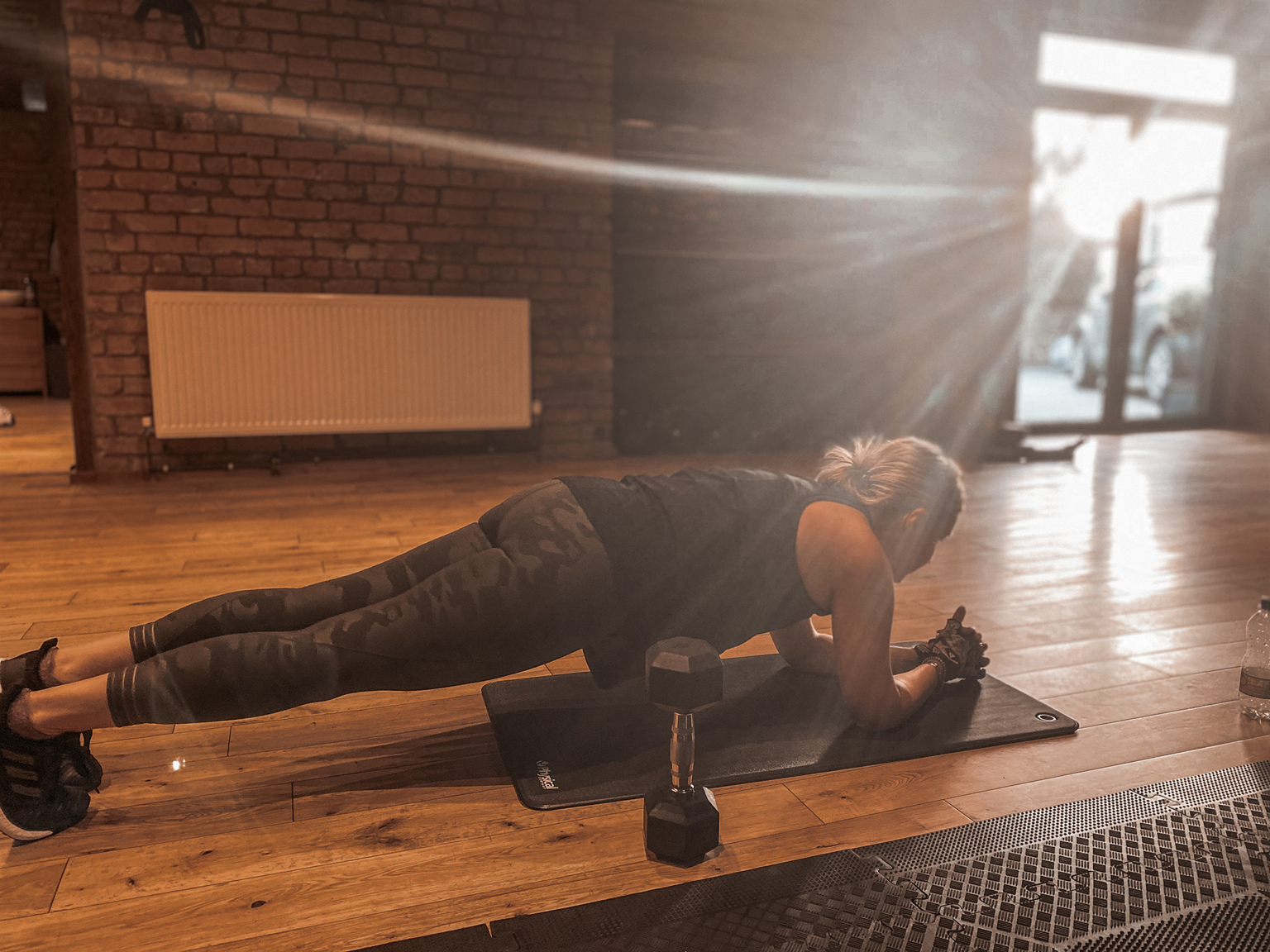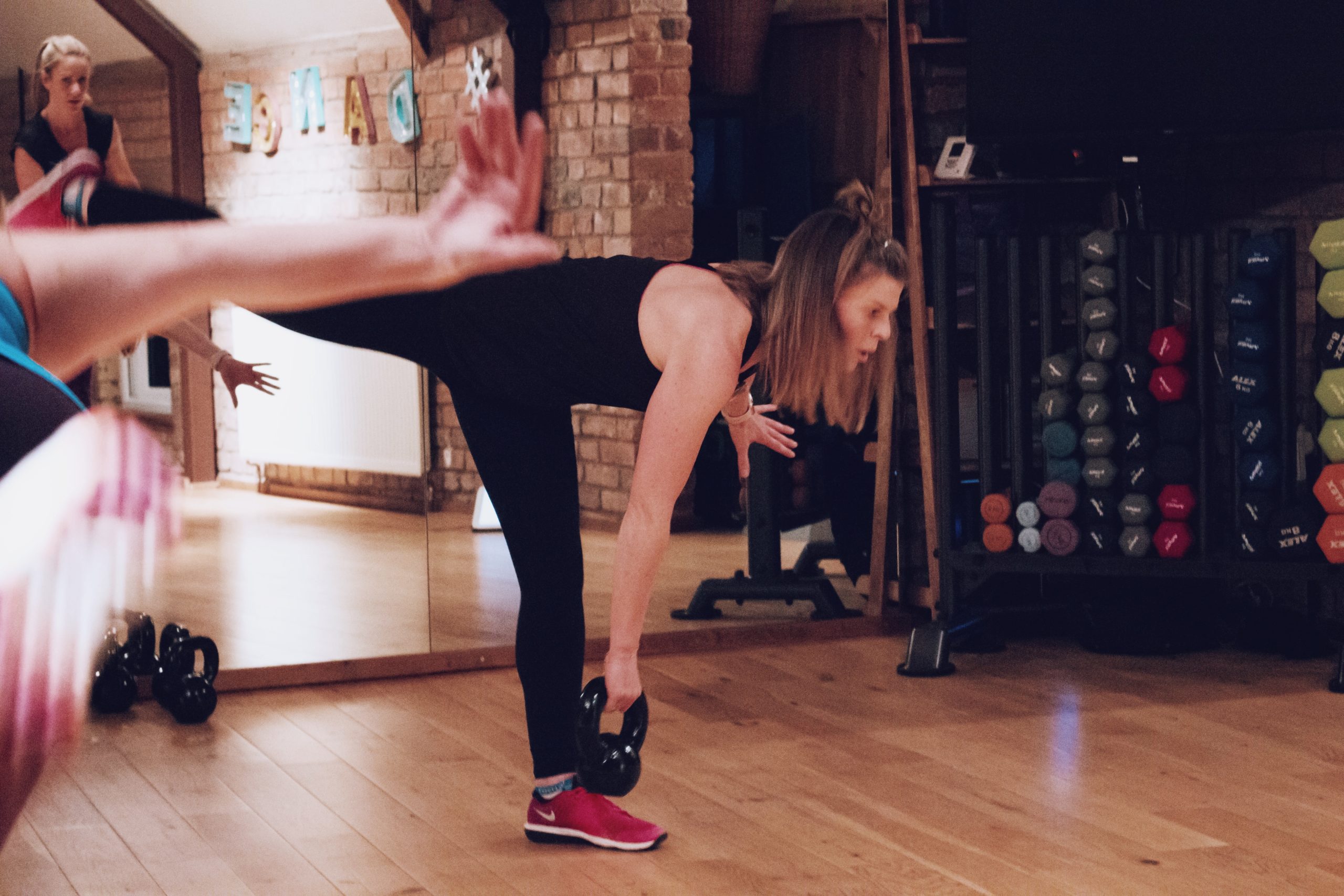The plank – everyone has heard of it, given it a go and collapsed onto the floor doing it at some point or another. So what’s the big wow about planks anyway? We all kind of know they’re good for us and have something to do with our core, but why exactly is there such a fuss about them? Well, to plank or not to plank?
In short the plank is considered a ‘core exercise’ which means it targets the muscles around your core. Now the core is not to be confused with your six-pack, the core muscles wrap around your waist and spine but lies deep within and under the main muscles. Your core consists of the transverse abdominals (stomach), multifidus (back), diaphragm, pelvic floor (hips), and many other deeper muscles. Think of them as your inner corset that pulls everything in.
Without you realising your core is absolutely paramount to posture and movement. It supports movement through all planes such as bending forwards, backwards and sideways as well as twisting. Your core acts as a stabiliser throughout all your movement, so a weak core results in weaker movements.
The Basic Plank – Version 1
A lot of women I see find their backs ache when asked to perform the plank, so what does this mean? It means they’re in the wrong position and often when a woman’s core is weak she will overcompensate by using the muscles of the back. If you do your plank with a mirror at the side of you, you will notice for yourself a banana dip at your lower back because your core isn’t strong enough to hold you up. So what’s the answer and should you just forget or this core nonsense?
In short, absolutely not! If you “can’t plank”, firstly change your mind-set to one of “I can’t perform a full plank for very long – yet!”. Everyone has to start somewhere and developing strong core muscles will be something you will appreciate as you get older. If you do get back pain, then developing your core muscles is essential to giving yourself the best opportunity to grow older without increasing back pain. In short, training your core is a must.
The full plank – Version 2
Secondly, start slowly and start with lower options. We have something in exercise called the functional continuum that runs from ‘unskilled/not challenging’ through to ‘highly skilled/challenging’. So you can’t hold a full plank for 5hours, 15mins and 16 seconds to break the Guinness World Record, but do you need to? Take advantage of the options and then progress.
Make your first plank the easiest version. Start on your feet and place your hands or forearms on a raised platform to start off with. When you can hold this for 30 seconds, move to a lower platform and then eventually move your hands to the floor, but at this point drop down to your knees. When you can hold this for 30 seconds then move to your feet again and a full plank (see you can do it!) When you can hold a full plank on the floor for 60 seconds then try progressing it further. Try one foot, then a rolling or rotating plank. The options are endless so it’s all about progression, but more importantly it’s about YOUR progression.
Version 3: Twisting knee plank
Whatever plank you opt for there are some key points to remember at all times:
- There should be a straight line from your head, spine, bottom and heels. There should be no ‘dipping’ or rounding of your shoulder blades or your lower back
- Suck your belly button into your spine and flatten your belly. This isn’t quite the same as sucking it in. Consciously tighten your core muscles as though you’re pulling them across your belly
- And breath… consistent, controlled and relaxed breathing. Don’t hold your breathe!
Try these four plank progressions over a period of a few weeks and get that core fired up and strong!
Plank you very much!
KT





+ show Comments
- Hide Comments
add a comment